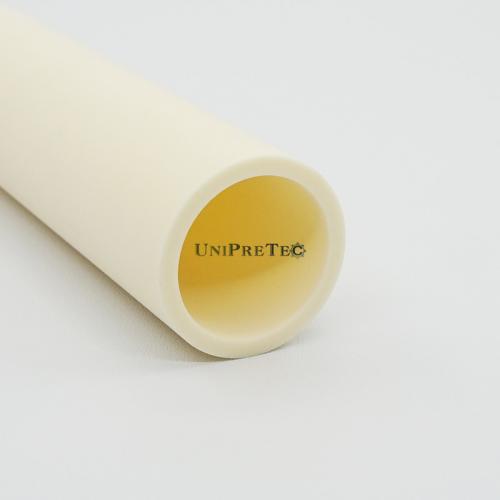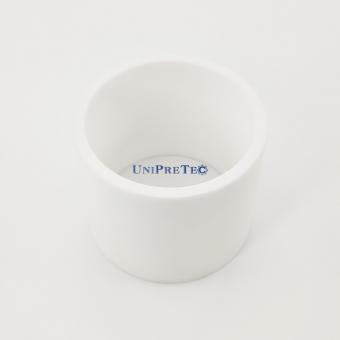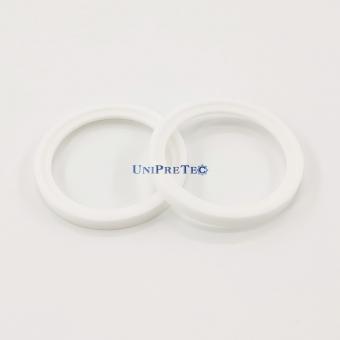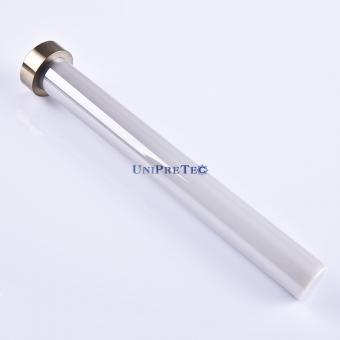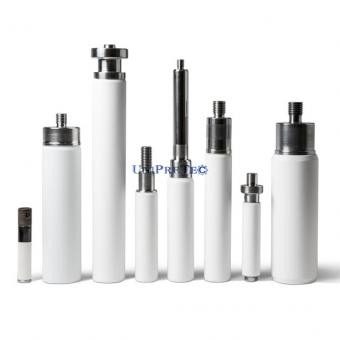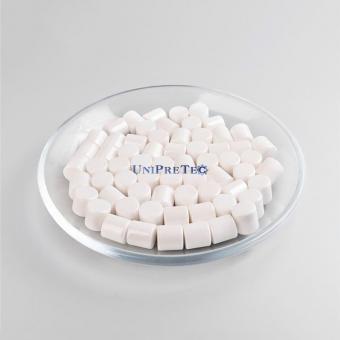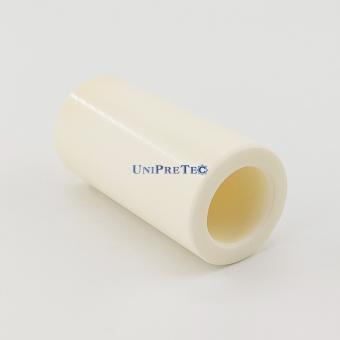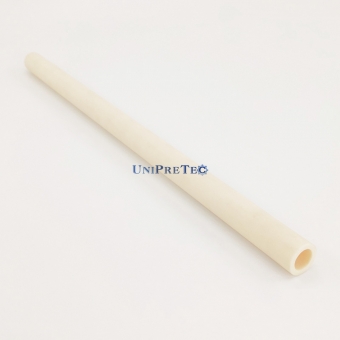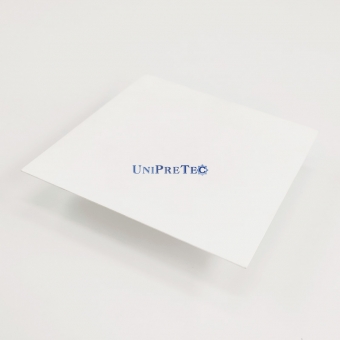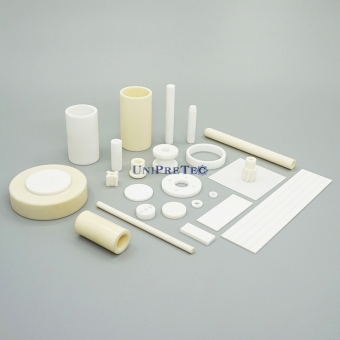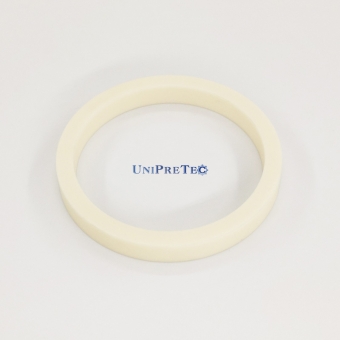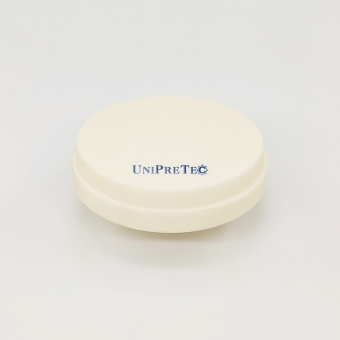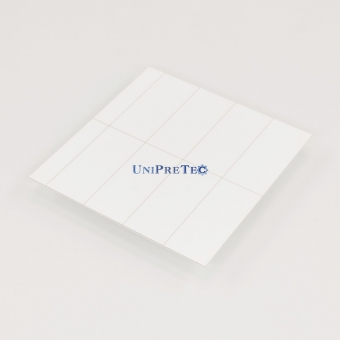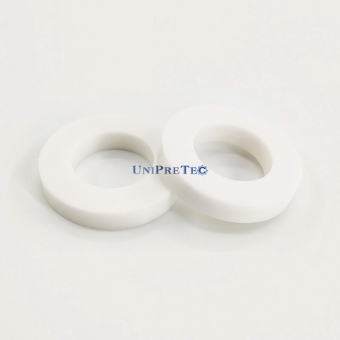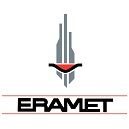Alumina tube is used as the inner lining of various test electric furnaces, mainly to separate the heating element from the substance to be burned, to seal the heating zone and to place the substance to be burned. It has a wide range of applications and involves high-temperature test analysis equipment in various industries, such as: coal test and analysis equipment, metallurgical powder test and analysis equipment, chemical glass industry test and analysis equipment, etc.
Alumina tubes are mainly used in high-temperature vacuum tube electric furnaces, vacuum atmosphere furnaces, tin bath tubes for float glass industry, protective tubes for solar glass, electric furnace wire support tubes, aluminum trichloride industry chlorine tubes, muffle furnace tubes, etc., The use temperature of the product is 1200-1800 ℃, with high density, good thermal shock resistance, good acid and alkali resistance, erosion resistance, and long service life are well. It is widely used by the majority of high-tech colleges and electric furnace industry. The service life of the vacuum furnace tube is up to 60 times according to customer feedback within 1800℃.
Characteristics of alumina furnace tube:
- High purity: Al2O3>99%, good chemical resistance;
- Good temperature resistance, long-term use at 1600℃, short-term 1800℃;
- Good resistance to rapid heat and cold, not easy to burst;
- Acid and alkali resistance, erosion resistance.
General size of alumina furnace tube:

Reasons for bursting of alumina furnace tube during use:
A: Rapid temperature change
1. When using high-temperature furnace tubes, the heating and cooling rate should be controlled at 5 degrees per minute, the slower the better. The rapid cold and rapid heat is one of the main reasons that cause the tube to break in the alumina furnace, and the operating temperature should not exceed 1650℃;
2. Please always keep the inside of the tube clean, clean the inner wall of the furnace tube in time after use, and do not leave some samples in the tube to avoid chemical reactions that may cause the alumina tube to crack;
3. When placing or taking out samples, do not exceed 150 degrees, and slowly move from the edge to the center. Placing samples or taking out samples under high temperature is the main reason for the fracture of the alumina tube. Do not touch the high-temperature furnace tube with low-temperature objects;
4. In places where the atmosphere needs to be ventilated, the gas flow rate should not be too large, avoid excessive cold gas flow rate causing excessive temperature change in the furnace tube and breaking the furnace tube;
5. When using alumina tube, put an insulating plug (one or two on each side) in the tube, the position is between the hot zone and the cold zone.
B: Gravity deformation
For high temperature use of alumina furnace tube, it is recommended to add brackets on both sides of the tube to prevent the tube from breaking due to gravity deformation.
C: Other reasons
1. The samples burned in the alumina furnace tube, especially those to be burned to about 1300°C, should have little water content (water content refers to: adsorbed water, crystal water and water generated during heating); For samples with high water content, it is recommended to pre-burn the sample at about 120 degrees, drain the water, and then put it into the alumina furnace tube for sintering reaction;
2. The newly-purchased furnace tube should be heated to 1300°C at a heating rate of 5°C/min and baked once and then used for work to eliminate stress and pollutants;
3. It is suggested that the heating rate should not be too fast. The heating rate should be 5~8℃/min, and the maximum speed should be 10℃/min. The cooling curve should be set for cooling. The best heating rate should not be higher than 10℃/min, and the cooling rate should be lower than 10℃/min (Be sure to set the cooling rate, do not stop the program directly at high temperature);
4. Recommended temperature rise and fall rate: below 500℃≤5℃/min; 500-800℃≤10℃/min; 800-1000℃≤5℃/min; 1000-1400℃≤3℃/min; 1400-1600℃≤2℃/min.







